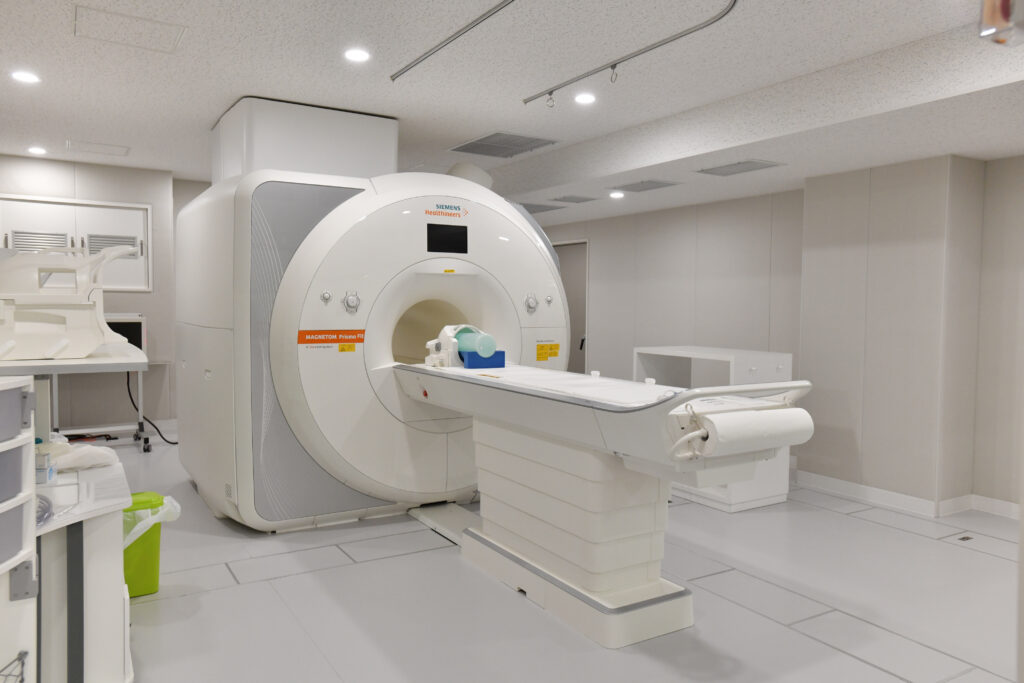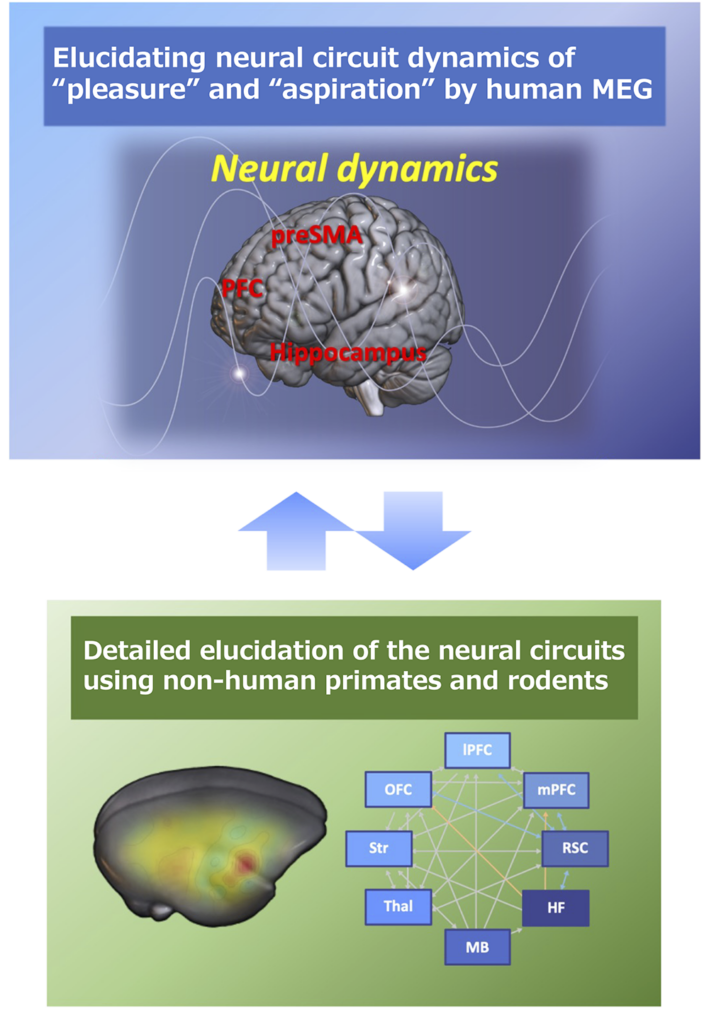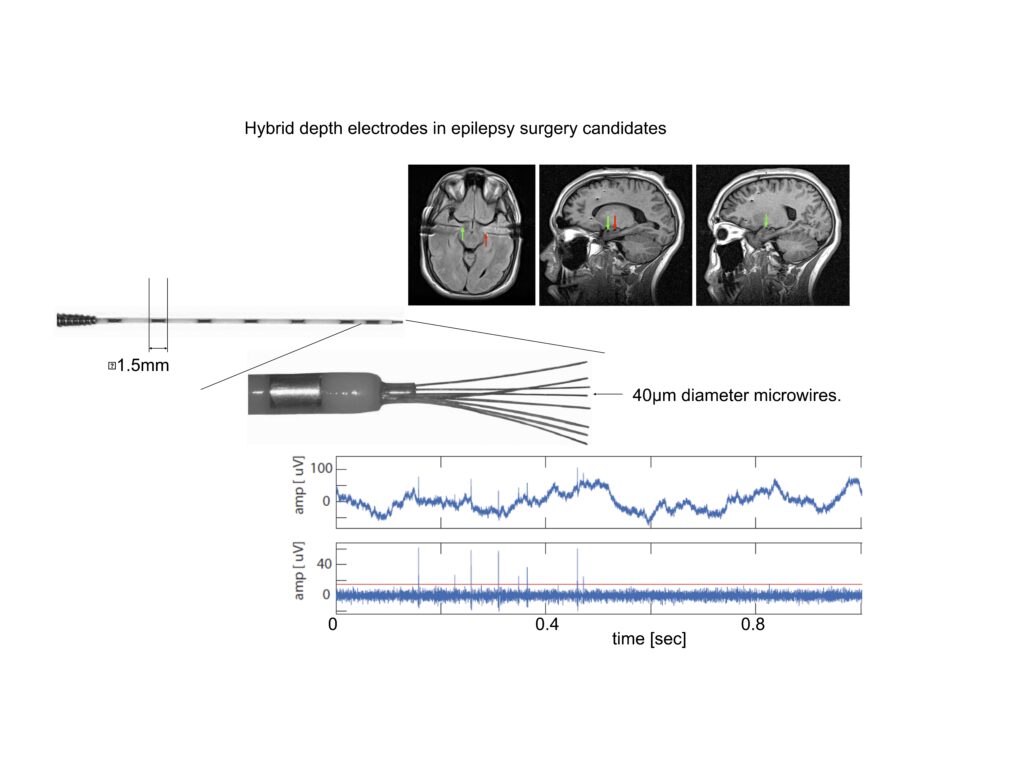R&D Group 3
R&D Plan 3-1
'Constructing neural indexes of joy and aspiration by MRI and their interpersonal comparisons'

Principal Investigator (PI)
Kaosu Matsumori
Hitotsubashi Institute for Advanced Study (HIAS)
Specially Appointed Assistant Professor
We need to measure the "goodness" of each policy at the group and societal level to make our society free and fair. However, it is known that such an index cannot be successfully created without methods for comparing the well-being (or utility) of different people (Arrow's impossibility theorem). It is also known that it is impossible to compare utility across individuals using classical methods based solely on behavioral data.
In our project, we propose methods to measure well-being in an interpersonally comparable manner by combining various physiological indices, brain indices using fMRI, and data analysis using modern machine learning. We will construct normatively meaningful methods, based on existing well-being studies in the humanities and social sciences.
Indices of interpersonally comparable well-being are expected to be used in a wide range of situations. In particular, this project aims to apply them to the evaluation of mobility policies in smart cities through collaboration among philosophers, social scientists, engineers, and neuroscientists.

R&D Plan 3-2
‘Neural circuit dynamics of joy and aspiration with human MEG'

Principal Investigator (PI)
Madoka Matsumoto
Specially Appointed Associate Professor
Human Brain Research Center,
Graduate School of Medicine,
Kyoto University
MEG (magnetoencephalography) is a method of measuring the strength of the magnetic field itself, which is generated by neuronal activity, in a non-invasive manner from the head. In recent years, it has become possible to measure signals from a wide range of brain regions, including the deep structures, and is useful for interpersonal comparison of ‘joy’ and ‘aspiration’. In this R&D plan, we use MEG to investigate the brain circuit dynamics to generate brain indicators of 'joy' and 'aspiration' in humans at higher temporal resolution. We will elucidate the neural circuit system in which the ‘joy’ and ‘aspiration’ indicators are generated in humans, in collaboration with the R&D plans using human MRI and human neuronal activity recording techniques. The detailed operating mechanisms of the neural circuit system of ‘joy’ and ‘aspiration’ will be elucidated in collaboration with the R&D plans using non-human primates and rodents to ensure causality.
Furthermore, we develop a virtual mobility experiencing system that supports the discovery of ‘joy’ and 'aspiration' based on results from the humanities and social sciences, in collaboration with other R&D plans. This will be used to provide a natural scientific basis for the validity of policy evaluation by aggregating brain indicators of 'joy' and 'aspiration'. In order to realize the aggregation of brain indicators of ‘joy’ and ‘aspiration’ in a community that includes a diverse range of people, we will also target people with mood disorders and those with gifted characteristics (the gray zone of developmental disability).

R&D Plan 3-3
‘Task design to examine joy and aspiration and human single-unit recording’

Principal Investigator (PI)
Ralph Adolphs
California Institute of Technology Bren Professor of
Psychology, Neuroscience, and Biology
We will record and analyze neuronal activity from epilepsy patients with electrodes implanted in various brain regions in the frontal and temporal lobes that are thought to be involved in joy and aspiration, and clarify to what extent information related to the generation of brain indices of joy and aspiration is resolved and expressed in each brain region. The results obtained will be provided to R&D plans 3-1 and 3-2, and will contribute to the refinement of the brain index of joy and aspiration and the elucidation of the mechanism of related brain circuit dynamics. Furthermore, we will examine whether there is a mechanism specific to human joy and aspiration by comparing the results with utility expressions in primate brains, which will be obtained in R&D plans 4-1 and 4-2.


